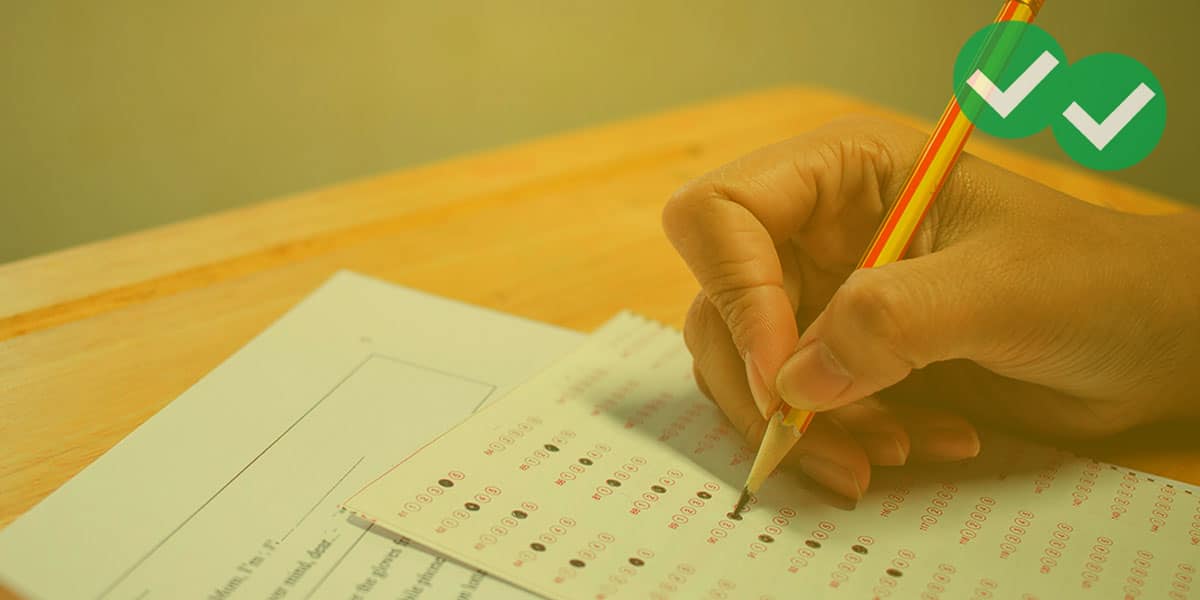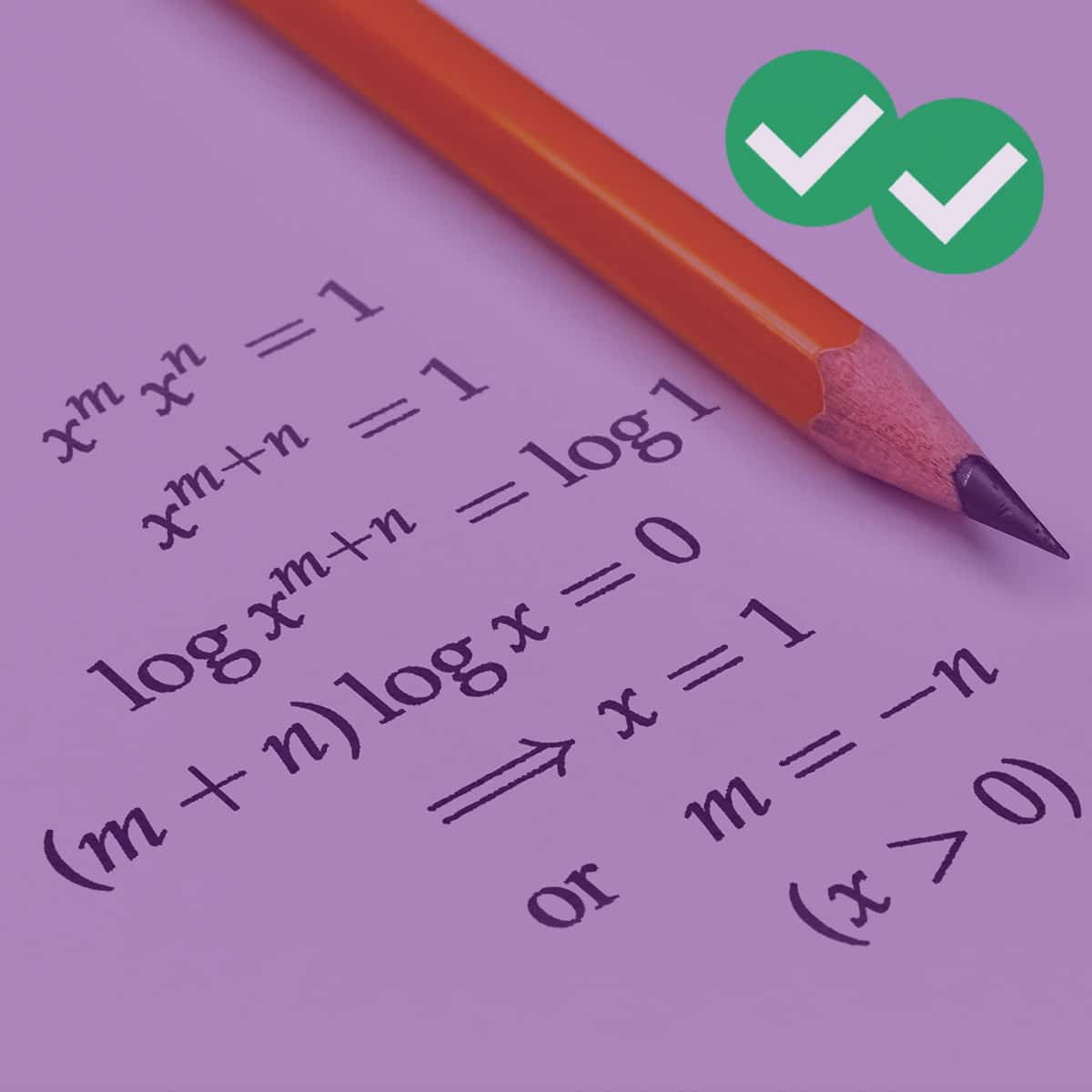Over the last couple of months, I have covered a fair amount of GRE combinations and permutations questions on the blog. I’ve gone from the very basic to the very difficult (so difficult that they are more ‘fun problem’ than practical practice).
Often, when you are stumped on a problem, it is not that the math is difficult, but that the context may be unfamiliar.
Combinations/permutations is an excellent example of this phenomenon. If you’ve been watching my videos on this topic, you should be very comfortable with the math. But that doesn’t mean that on test day you will be able to answer a combinations/permutations question correctly. To demonstrate, I will give you the following questions:
1. How many groups of three can you form if you choose from a total of seven?
2. How many ways can you sit seven students in three chairs (one chair per student)?
3. How many different triangles can you form by connecting the vertices of a heptagon?
4. A doctor is to administer pyroxeline, damalnethamide, and cyrotinin to his patients, a treatment plan that is to take place over the course of the week. If he can administer each drug once and cannot give more than one drug a day, how many unique schedules of medications can he create, if the order in which he administers the drugs is important?
While these questions may seem to be in wildly divergent contexts, each question can be answered with either 7C3 or 7P3. Indeed, I could have actually included a dozen more examples, all of which have very different contexts. The key – besides lots of practice – is learning the best way to think about how to solve problems, and not to rely on the problems surface appearance to inform your approach.
For instance, do not think that all polygon questions that talk about joining vertices call for a similar approach to the one above. Likewise, if a question talks about a doctor administering different drugs, don’t think, oh yeah, I remember that on Chris’ blog post, and he used the permutations formula, not the combinations formula. Your goal should be to understand why that specific problem employed permutations, and not combinations.
The test writers are very aware of the vast number of possible contexts. And, while the math won’t change too much, they will often wrap familiar math concepts in misleading guises. Cracking the problem will be more a matter of choosing the correct approach than applying a given formula.
That said, I will leave you with a combinations/permutations question I encountered in real life…
A Quick Anecdote
My wife and I were set to board a plane. We knew we were in the same row, but my wife had forgotten whether the tickets were for adjacent seats. (There were very few seats left so my wife only remembered purchasing seats that were at least in the same row).
On this flight, the seats were arranged six in row (A – F), with the aisle splitting the seats into A-B-C and D-E-F. Knowing that I spend my day writing math problems, my wife asked me, “So, what is the probability we will be sitting next to each other?”
I thought about it for a moment, imagining us seated in different positions. I was about to begin the laborious process of mentally arranging us in all the different possible positions, but luckily stopped this brute force method and instead thought of the problem mathematically:
___ ___ ___ ___ ___ ___
My wife and I can be thought of as A and A. I then asked myself how many ways I could place A and A in the dashes above. Because A is redundant (as long as my wife and I are sitting next to each other, it doesn’t matter who is sitting on which side), I didn’t have to worry about order. I was essentially asking how many ways I could choose two dashes from six dashes. In formula-speak, this translates to 6C2 = 15.
Looking at the dashes above, I can only place A and A in four different positions, so that they are next to each other (remember, the space between the third and fourth dash is the aisle). Therefore, to find the probability of an event (my wife and I sitting next to each other), I divide the total number of possibilities (15 different ways that two people can sit next to each other) by the desired outcome – my wife and I seated next to each other: 4 possibilities.
I turned to my wife, eager to share my mathematical epiphany, “The chances of us sitting together was 4/15 or a little more than 25%. So, we are likely going to have to ask somebody to switch.”
Before I’d even gotten my last syllable out, my wife stopped me: “Actually, we are sitting together”. Holding both tickets in her hand, she added, “So much for your math.”






Leave a Reply